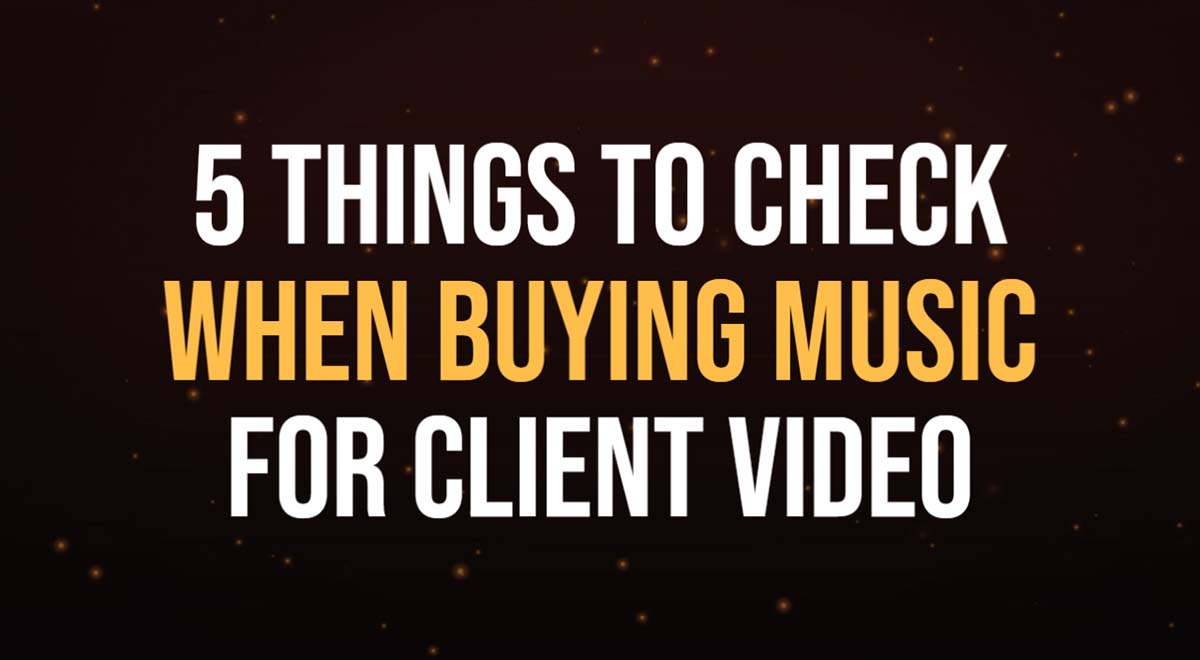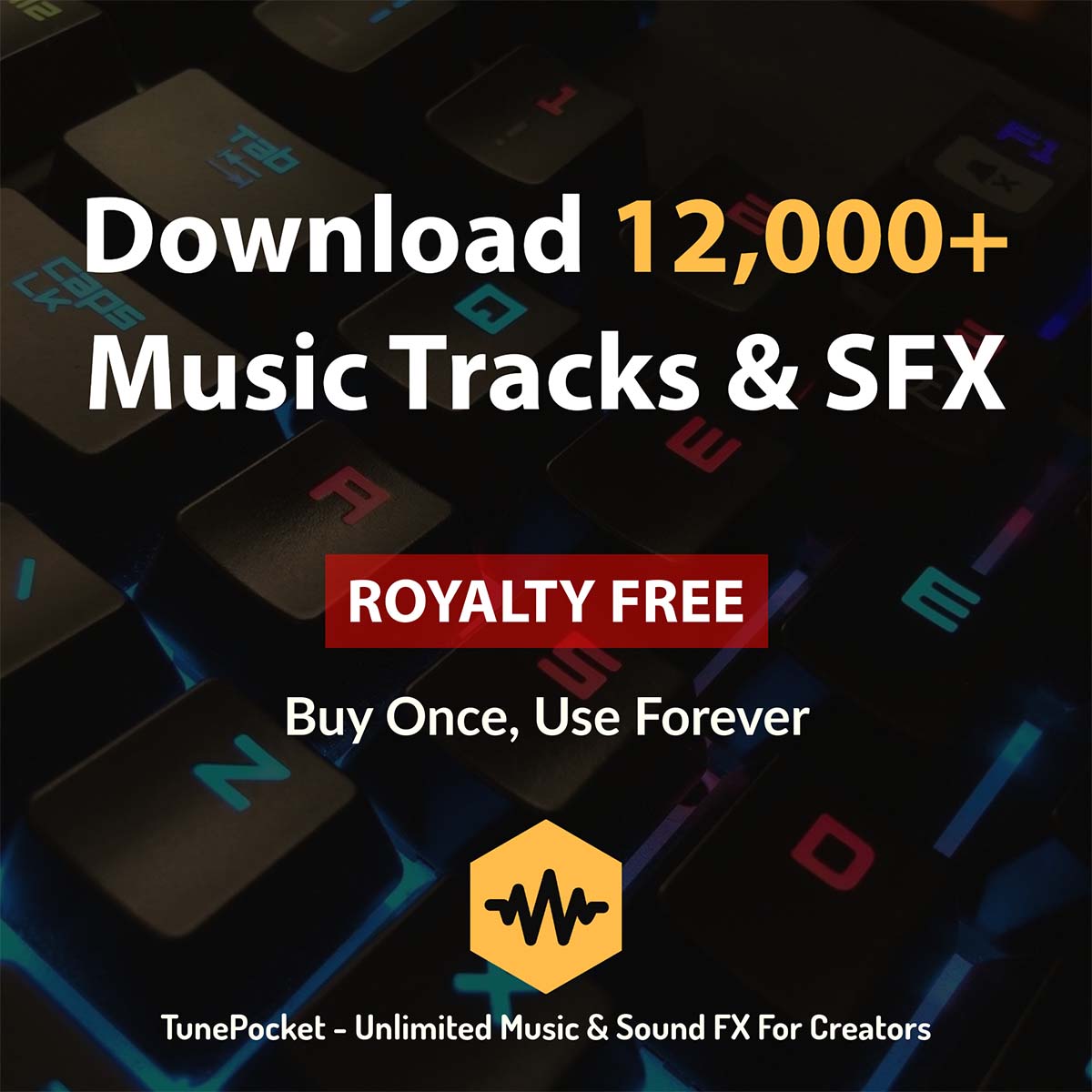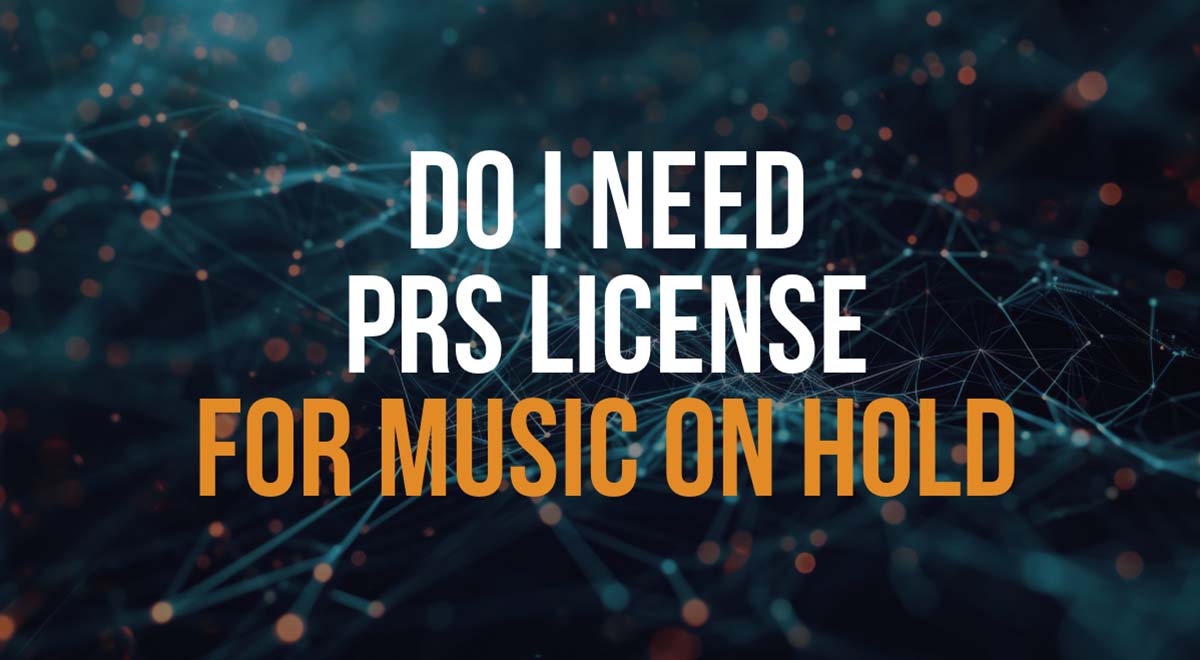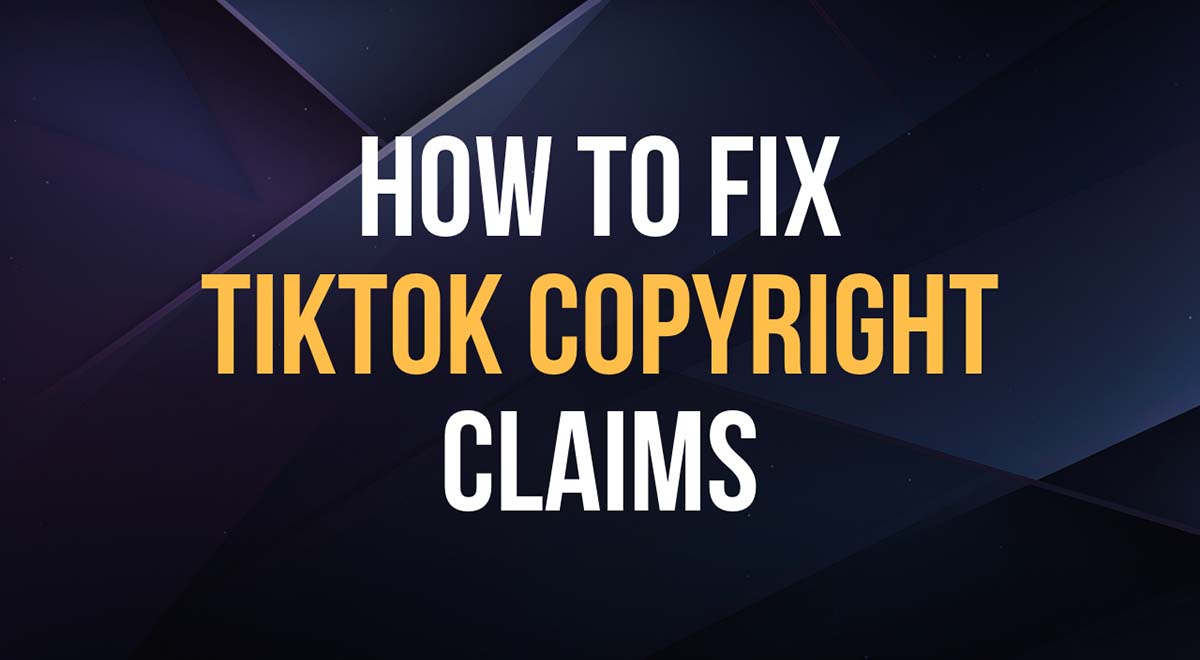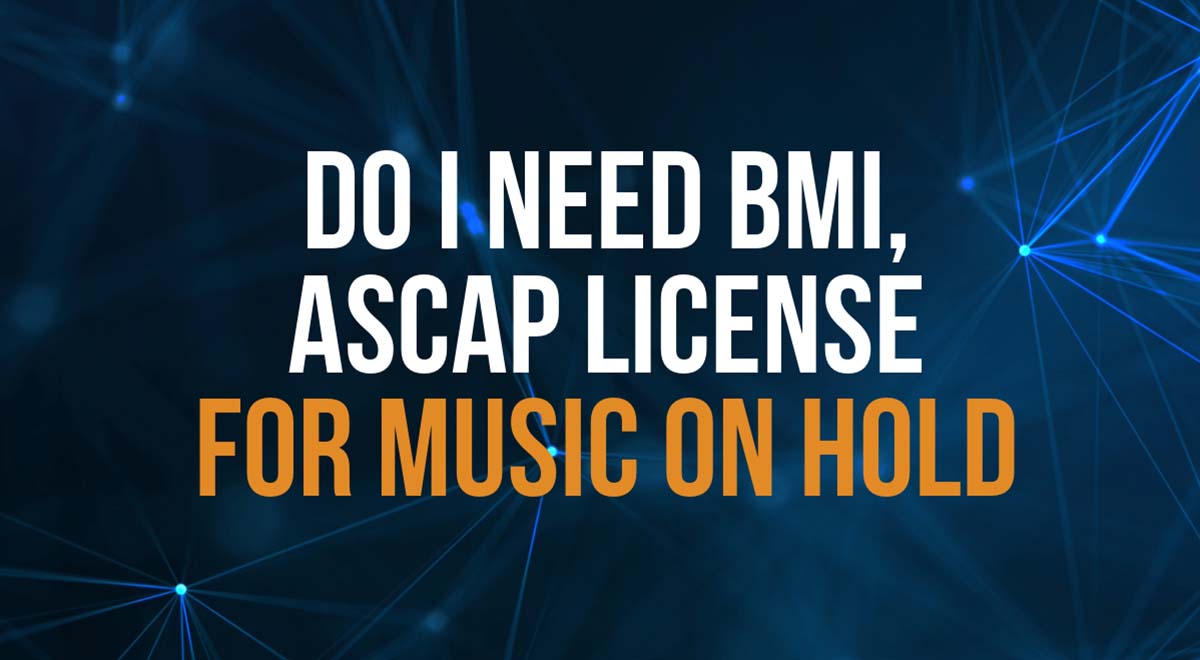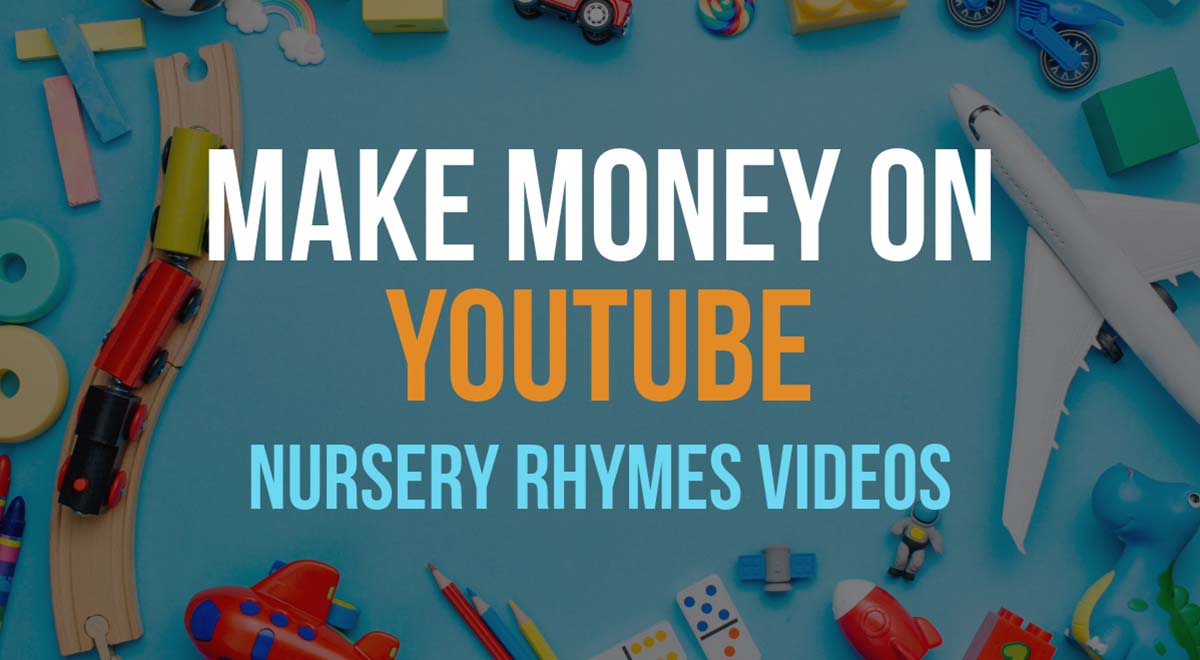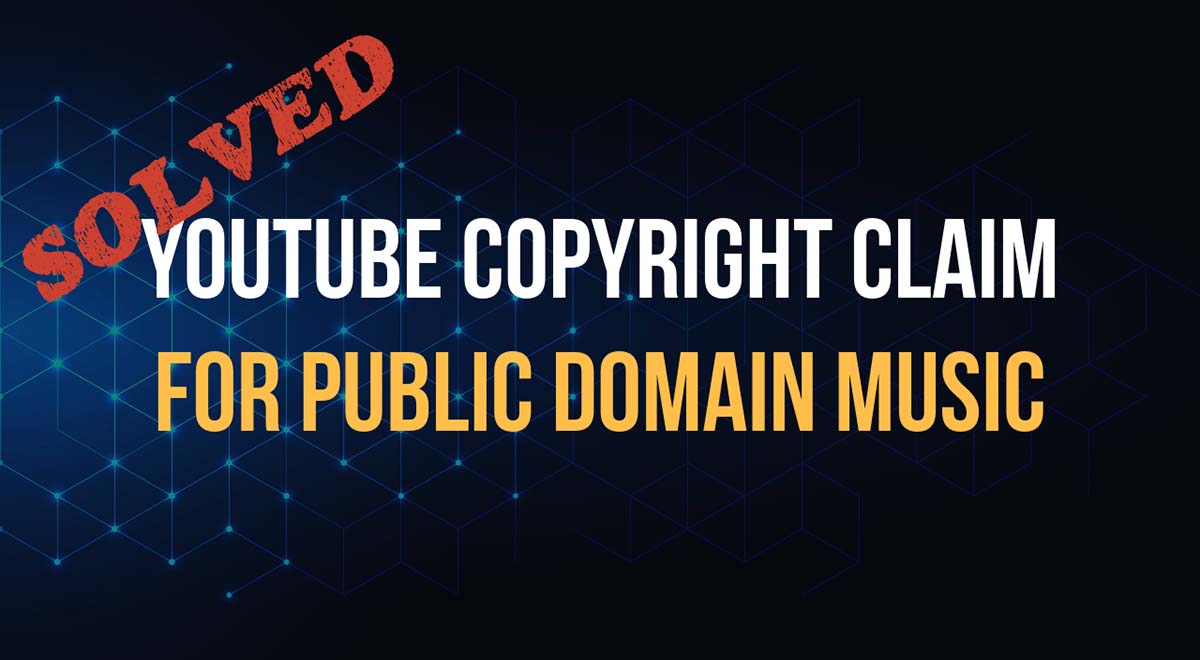Freelancer video and audio editors often need to license music for their clients’ projects.
However, it’s important to understand the rules of music licensing to ensure that you comply with copyright laws and protect your clients’ from any legal troubles.
In this blog post, we’ll discuss five things you need to check when licensing music for your clients’ videos.
Keep reading!
Where do video editors get music for their clients?
Assuming you have at least some sort of music budget, it’s best to use a music library that specialize for licensing music for commercial use.
Of course, that’s not the only option (however, typically that would be the most convenient and affordable).
If you have a specific commercial song in mind, you can always try and negotiate the sync license with the copyright owner.
If you’re completely broke or if your client refuses to pay for legal music, you can also try free music. However, in that case you must be even more vigilant, as free rarely comes with any guarantee in terms of shielding your (and your clients) from copyright claims.
Related: Is It Safe to Use Free Music in Corporate Marketing Videos?
So here are the 5 main things to check when you’re getting music for your clients’ projects:
1. Commercial license
First and foremost check if the music comes with commercial license.
Commercial licenses grant you the legal right to use the music in a commercial context, such as paid freelance work, promotional videos, advertisements, or any content created for commercial purposes.
Ensure that the music you choose is explicitly licensed for commercial use to avoid copyright infringement issues down the line. Be cautious of using music from platforms that offer only personal or non-commercial licenses, as these may not cover your clients’ requirements.
2. Royalty free
Royalty free is a very loose term.
Many people assume that “royalty free” equals to free, no copyright music with no restrictions or strings attached.
While this may be true in some specific cases, generally “royalty free” only gives you the right to reuse a particular music track multiple times without getting a separate license for every new usage.
With royalty-free music, you typically pay a one-time fee, granting you the right to use the music without incurring any additional costs based on usage or performance.
However, it’s crucial to review the terms and conditions of the royalty-free license, as some licenses may have limitations on usage, distribution, or synchronization with visual content.
Always read the fine print to ensure that the music you select aligns with your clients’ intended use and that there are no hidden restrictions.
3. Lifetime license
Check the duration of the music license to ensure it aligns with your clients’ needs.
Some licenses are time-limited, allowing you to use the music for a specific period, such as a year or perpetually.
Consider your clients’ requirements for the video’s longevity and select a license duration that suits their intended use.
If your clients plan to use the video for an extended period or across multiple platforms, opting for a perpetual license will be the best choice.
4. PRO / YouTube’s Content ID
Performance Rights Organizations, such as ASCAP, BMI, and SESAC, are entities that collect and distribute royalties on behalf of artists and copyright holders.
These organizations ensure that the original creators of the music receive fair compensation when their work is publicly performed and broadcast.
If your client intends to broadcast the video (this can be a TV ad or a video playing in an office lobby) the client may be need a separate performance license from a PRO in their country.
The good news is that in most cases the broadcaster (like the TV network that airs the ad) already has all the necessary licenses.
Similarly, small offices and restaurants are often exempt based on their public area size.
However, if you are not sure, it may be easier to opt for non-PRO music.
Also, pay attention if music if protected by YouTube’s Content ID or any other digital fingerprinting service.
If your client intends to your the video on YouTube, it may be better to use non-protected music, sometimes referred to as no copyright music (that is, the music that does not trigger copyright claims on YouTube).
However, while copyright claims do present an inconvenience, typically they can be easily resolved provided you have a valid license to use that given music track.
Learn more about resolving copyright claims on YouTube.
5. License transfer
Finally, check whether the music license allows for transferring the rights to your clients.
Some licenses restrict the use of music to a single project or specific users. However, if you plan to hand over the video project to your clients after completion, it is recommended to obtain a license that allows the transfer of rights.
This ensures that your clients can use the video without any legal complications and provides them with the freedom to modify or reuse it in the future.
What about non-video projects?
If you’re an audio editor or sound designer, working on podcasts or radio ads for your clients, you need to check that licenses covers non-video synchronization.
Some music libraries do limit the usage only to video and won’t let you use the music as background for podcasts or audio books.
Again, read the fine print of the licensing agreement to know how exactly you (or your client) can use the music.
We hope this helps!
Questions? Comments?
Tell us about your experience with buying music for your clients! Post a comment
Download 12,000+ Royalty Free Music Tracks And Sound FX
Unlimited download | Lifetime license | Commercial use

